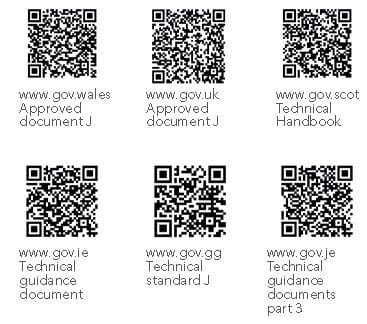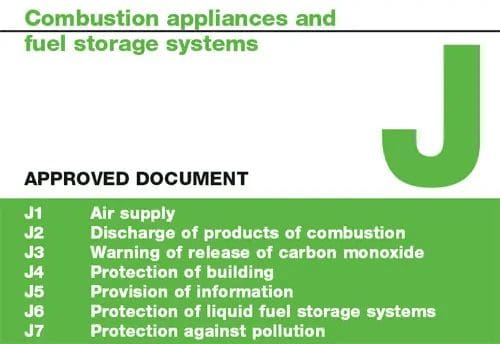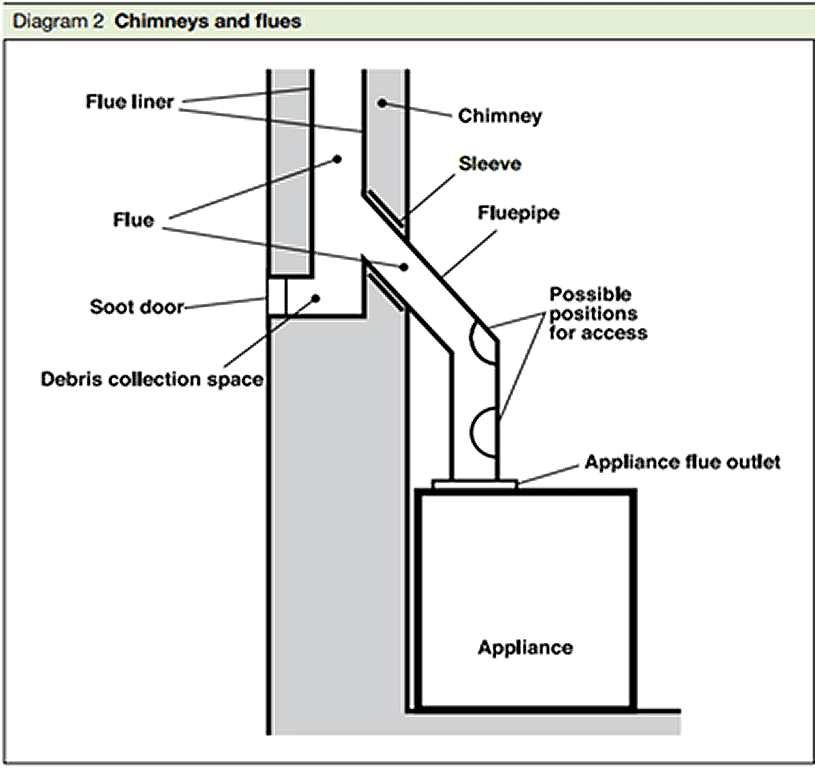Recently, OFTEC’s technical department has seen an increase in the number of solid fuel appliance queries, particularly relating to flues. Some of the more common queries were based on the following:
- Legislation
- Suitability of the flue or chimney for the appliance
- Flue outlet positions
- Connections and support
- Distance to combustibles
- Flue test procedures.
OFTEC has put the following information together to help technicians understand where the requirements, information and guidance can be found. Technicians registered with OFTEC holding the solid fuel scope, also
get the benefit of free technical support if required as part of the benefits of registration. Even if you simply want guidance of where to find something in the OFTEC solid fuel technical book, it’s worth giving us a call.
Useful documents
Information on how to achieve regional building regulations can be found in regional varying guidance documents that are freely available to download. We recommend that technicians download a copy and become familiar with the requirements. See QR codes below.

Overview of the document
Based on Approved Document J of the Building Regulations (England), the requirements are shown below. Diagram 2. Shows the definitions for chimneys and flues, which is a simple, helpful illustration for identifying the different components.

The approved document provides technicians and installers with information about different flue arrangements, the materials to be used, and makes reference to any supporting industry standards. Without going into too much detail, it covers air supply, flue positions, construction methods etc.

Manufacturer’s essential information
The manufacturer’s instructions may require a more onerous installation requirement and for this reason, it is very important that the correct information is obtained from the manufacturer for example:
- Supports, guy wires, brackets.
- Minimum diameter of flues.
- Connecting flue pipes and their suitability.
- Distances to combustibles.
- Suitability of the product for the fuel that is being burned in the appliance.
An example where this can become a problem, or deem an installation to be non-compliant, is when the fixing and supporting of flues are not to the manufacturer’s instructions, or the designation of the flue is incorrect. Another example could be that although a flue may be selected based on the diameter, it does not mean it will be appropriate for its intended use.
These mistakes can be easy to make and costly and time- consuming to repair. Some other helpful information is found in the appendices, which includes the following:
- Checklist for hearths fireplace flues and chimneys.
- Calculations for openings for flue sizing requirements.
- Compliance checking requirements with J2 (flue tests, smoke tests).
- Chimney designation.
This is just a small part of the subject of flues and chimneys, and differs from one installation to another, but it’s an important piece of work and one that if done correctly will be there for many years.
